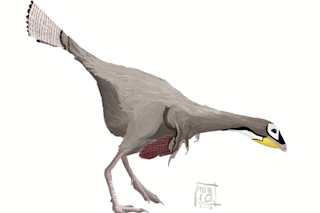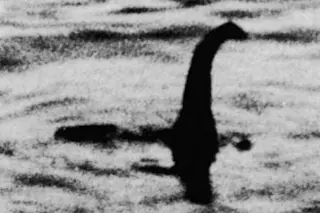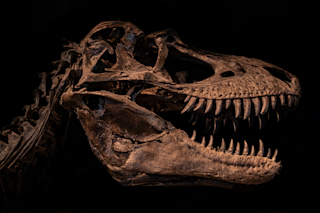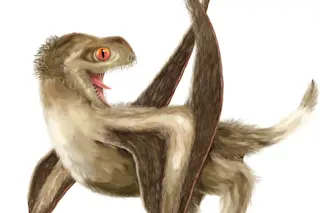Sometimes what seems a loss is actually a gain. When Museum of the Rockies paleontologist Jack Horner hired a helicopter to transport his newly found Tyrannosaurus rex fossils from a remote corner of Montana in May 2002, the dinosaur’s two-ton femur proved too heavy. Reluctantly, Horner broke the rare bone in half, making fragments that he later shipped to his colleague Mary Schweitzer at North Carolina State University. As soon as Schweitzer unpacked the samples, she knew she had something surprising. “I pulled out the bone, and I looked at my technician and said, ‘We have a girl—and it’s pregnant,’ ” Schweitzer recalls.
Schweitzer had noticed that the femur had a special inner layer, known as medullary bone, which had previously been found only in ovulating female birds. Birds, and evidently some dinosaurs, grow medullary bone to store up calcium so egg production doesn’t weaken the load-bearing outer layer of ...














